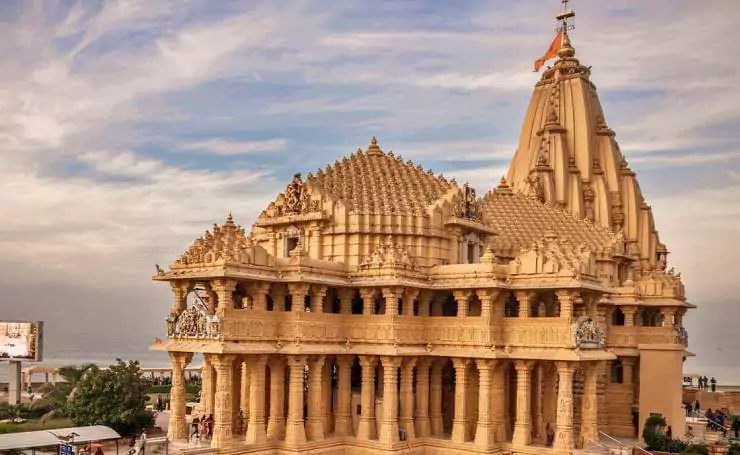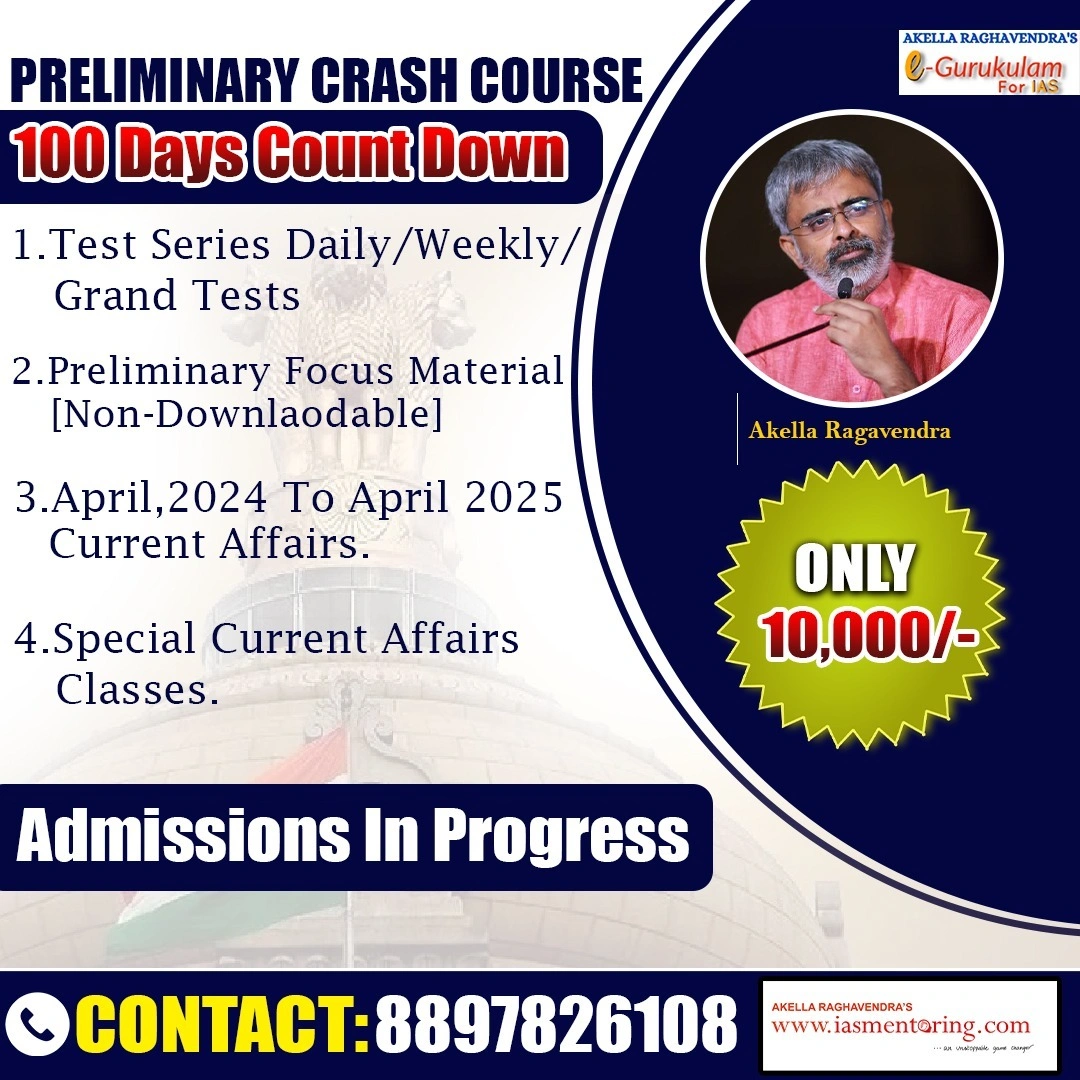Religious Tourism
Religious tourism refers to travel undertaken for spiritual or religious purposes. In India, it holds special significance due to the country's rich and diverse religious traditions. From Kumbh Melas to temple visits, dargahs, churches, gurudwaras, and Buddhist sites, this form of tourism forms a major part of the domestic travel ecosystem.
Economic Impact of Religious Tourism
-
Revenue and Employment Generation
- As per Ministry of Tourism data (2022):
- 1,439 million religious tourists visited sites across India.
- Generated revenue of ₹1.34 trillion.
- According to PHD Chamber of Commerce and Industry (PHDCCI):
- Sector projected to generate $59 billion by 2028.
- Expected to create 140 million temporary and permanent jobs by 2030.
- As per Ministry of Tourism data (2022):
- Contribution to GDP & GVA (Gross Value Added)
- Religious tourism contributes significantly to the tourism sector's share in:
- GDP
- GVA
- Employment
- Share of tourism in employment and GVA has seen fluctuations but continues to play a vital role in regional economies.
- Religious tourism contributes significantly to the tourism sector's share in:
Major Drivers and Examples
- Maha Kumbh in Prayagraj (2025)
- Massive inflow of devotees: Highlighted as a case study in faith-based tourism.
- UP CM Yogi Adityanath stated the Maha Kumbh generated ₹3 to ₹3.5 trillion in revenue.
- Ayodhya: Ram Mandir Effect
- Post-construction of Ram Temple, tourist footfall jumped from 6.02 million (2020) to 164 million (2024).
- This massive growth showcases how infrastructure related to faith boosts tourism.
Government Schemes and Interventions
-
PRASHAD Scheme (2017): Full Form: Pilgrimage Rejuvenation and Spiritual Heritage Augmentation Drive
- Objective: Development of pilgrimage destinations in a planned, prioritized and sustainable manner.
- Funding & Progress:
- ₹1,646.99 crore
- 48 projects across 27 States/UTs.
- ₹1,036.96 crore already released.
- 25 projects completed, 22 ongoing, 1 dropped.
- Infrastructure Linkage:Better connectivity (rail, road, airports), sanitation, lighting, information centers, etc., integrated with spiritual circuits.

Trends and Policy Developments
- Post-COVID Resurgence: As per India Tourism Data Compendium 2024, the tourism sector has surpassed pre-2019 levels, indicating a strong recovery.
- State-Level Initiatives: Arunachal Pradesh is set to announce a new tourism policy and logo, aiming to boost tourism via eco and spiritual tourism.
- Employment Paradox: Despite growth in revenue and footfall, tourism’s share in employment has declined from FY19 to FY23.
- Indicates shift in workforce preferences.
- Other sectors gaining momentum.
- Need for skilling, reskilling, and integration with digital platforms.
Challenges in Promoting Religious Tourism
- Infrastructure bottlenecks in rural or remote pilgrimage sites.
- Environmental concerns due to mass gatherings (e.g., waste, river pollution during Kumbh).
- Security issues at large events.
- Balancing faith and commercialization.
- Uneven regional development – Some states attract disproportionate religious tourists.













